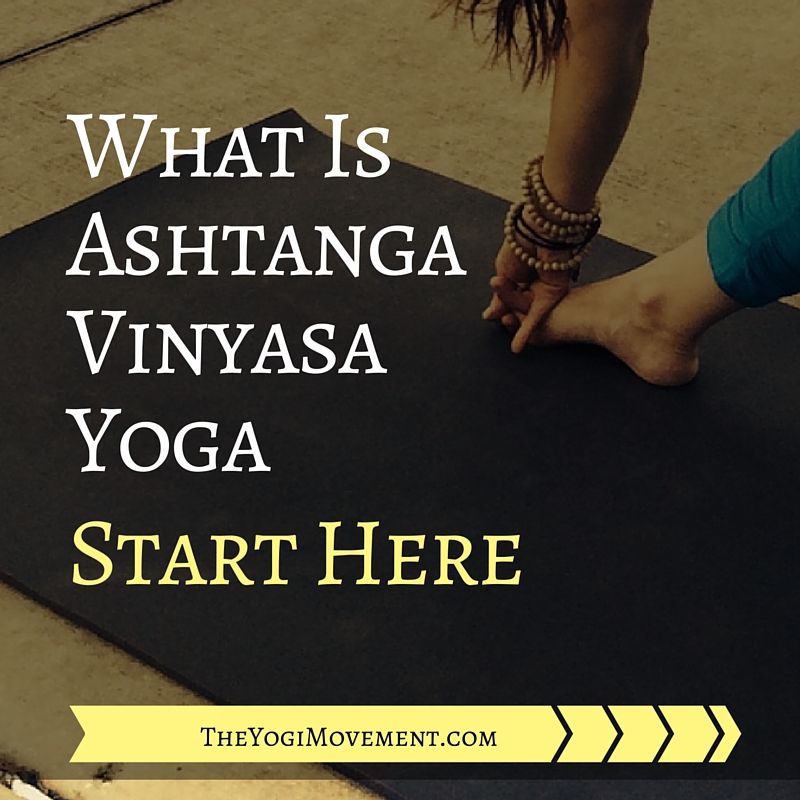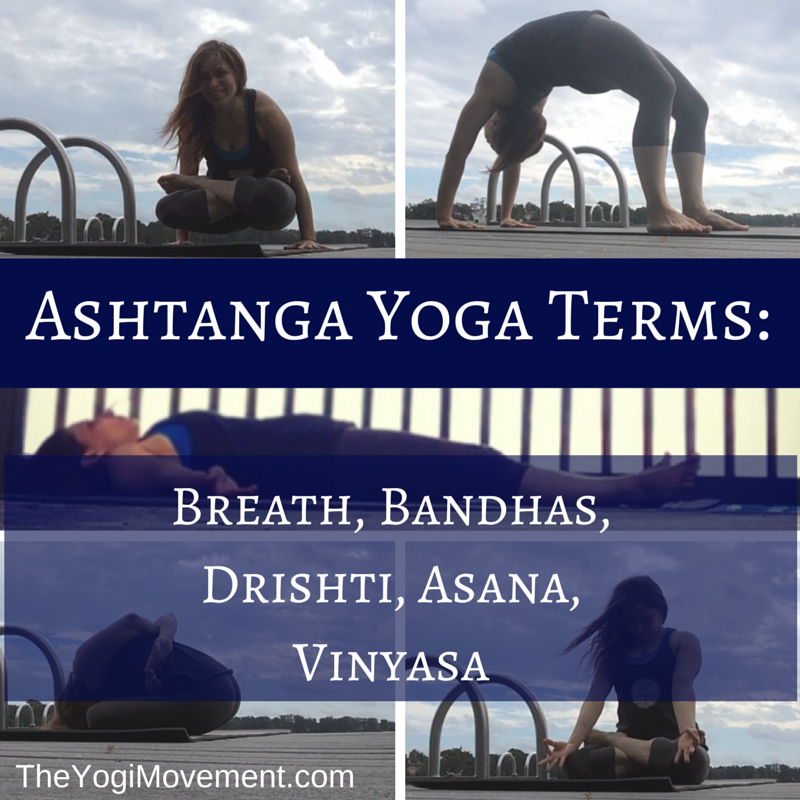Let’s face it. There are a ton of misconceptions and fears based around Ashtanga Yoga.
Because it’s not easy, I often hear people say they are intimidated or scared, but yoga was never meant to be easy or hard.
Because the same sequences are practiced each day, I hear people say they need variety, but it feels completely new and different every day – you can ask any Ashtangi!
I hear many people blame Ashtanga for injuries, but yoga heals. Rather than blaming a yoga practice, let’s find out why the injury occurred, and make necessary modifications.
And, once a practitioner becomes seasoned, they usually start to research and study with other teachers to find small differences in the practice, and that causes controversy. This has to do with the fact that each person is taught differently, but the foundations stay the same. Find a teacher you resonate with, and let go. Let the practice do the work.
Is it rigorous? Yes.
Will you sweat? Yes.
Does it get boring since you do the same postures every time? Never!
I decided to put together a little summary of the foundations of Ashtanga covering important terms and what they mean.
This should give you a little bit of insight as to why we practice, how we progress in this practice, and why you have no reason to be scared!
Make sure you read all the way to the end for the homework!
Enjoy….
The Practice
Ashtanga Vinyasa Yoga is a practice, which is a set series of postures that vary in difficulty and benefit, and the level of difficulty is different for everyone. A posture that might seem extremely difficult to me could be simple for you, and vice versa. The level of difficulty goes beyond the physical aspects, and has to do with what emotions are stored in the body and mind. Each posture prepares the body for the next, and the flow between each posture is an essential part of the practice.
Tristana
Ashtanga Yoga utilizes a three-pronged approach called Tristana. The Tristana consists of:
- Breath: Deep breathing with sound
- Asana: Yoga postures (including correct use of the bandhas)
- Drishti: Precise focus
The Tristana is a method to help develop a deep awareness of inner sensations, emotions and workings of the mind.
Asana (Postures)
There are six series in total, but let’s start from the beginning.
The Primary Series is the first series. It’s also called Yoga Chikitsa which means yoga therapy. The purpose is to cleanse and detox the body and mind. The Primary Series does this primarily on a physical level to prepare the mind and body for deeper meditation. However, as you practice consistently, no matter what series you’re working on, you’ll move into a deeper meditative state.
Whether you practice the Primary Series forever, or move into more advanced sequences, the practice deepens based on continued practice and devotion, not by how many postures you are doing, or if you can stick your leg behind your head and press into a handstand!
If the intention is to add more postures, then that’s just another form of materialism – like adding more clothes to your closet. Make sure you’re practicing with the right intention.
Each series of postures must be accomplished before proceeding to the next, and should be given to you by a teacher. It is essential to follow the order of postures as each individual asana builds on the previous one and prepares the body for the next. Practicing this process allows you to develop the strength and flexibility needed to progress safely.
There are five more series after completion of the primary series.
Breath
Breathing is the most important aspect in the Ashtanga yoga system. Breath is our life force, and our connection to our true consciousness. Concentrating and focusing on the breath during asana practice opens the door to meditation. As we focus on the sound of the breath, we develop a one pointed concentration, which helps us to observe our thoughts and emotions. Then, we learn to use this practice to calm our mind and become less reactive to other situations in life. The breath also creates energy and creates internal heat to detox the body.
Bandha (locks):
- Moola bandha (root lock)
- Uddiyana bandha (flying upward lock)
- Jalandara bandha (throat lock)
The bandhas helps to move energy through the body that is created by the breath. I think to think of it as an ocean. The breath moves into the body like a body of water, and creates energy. The bandhas work together as locks so that the energy stays in the body, and circulates creating lightness, flow, and grace in your practice. It’s also another point of concentration for meditation.
Dristi (focus): This is the asana of the eyes. Each posture has a prescribed gaze point, and they work physically to help create correct form, but they also work internally as a form of meditation. As you continue to practice, the drishti becomes an internal focus moving the senses inward as the objects soften.
Vinyasa
Postures are linked together through flowing movement. Vinyasa means breath synchronized with movement. In Ashtanga Yoga, the breath should always carry the movement. Each movement is the length of the breath, so that means you may have to work to slow the movement to last as long as the breath, or vice versa.
There is so much more to be said for the Ashtanga Yoga practice. As you continue to practice and learn, you might want to understand how this all ties into the Yoga Sutras of Patanjali, or learn about Ayurveda and what kind of diet is best for your body type, or learn about the chakras, mantras, or even anatomy!
Oh there’s so much to learn, but just work on the above for now. That’s a good place to start.
Here are your action items (adult homework)
1. Required Reading! If there aren’t any teachers close to you (very possible), there are a number of books you can get to help guide your home practice. Ashtanga Yoga & Philosophy is my absolute favorite since it discusses postures, anatomy, and has a copy of the sutras in the back. For more options: check out my post on Books for Ashtanga at Home
2. Commit to 30 days of your Ashtanga journey before you decide to give it up. Even if you aren’t feeling it, and consider yourself sure it’s not for you, I challenge you to 30 days! Here are a few of my video posts to help get your started:
Comment below to ask questions, tell me how it’s all going, complain, or tell me you love it! I want to hear it all!
Love,
Monica


Leave a Reply